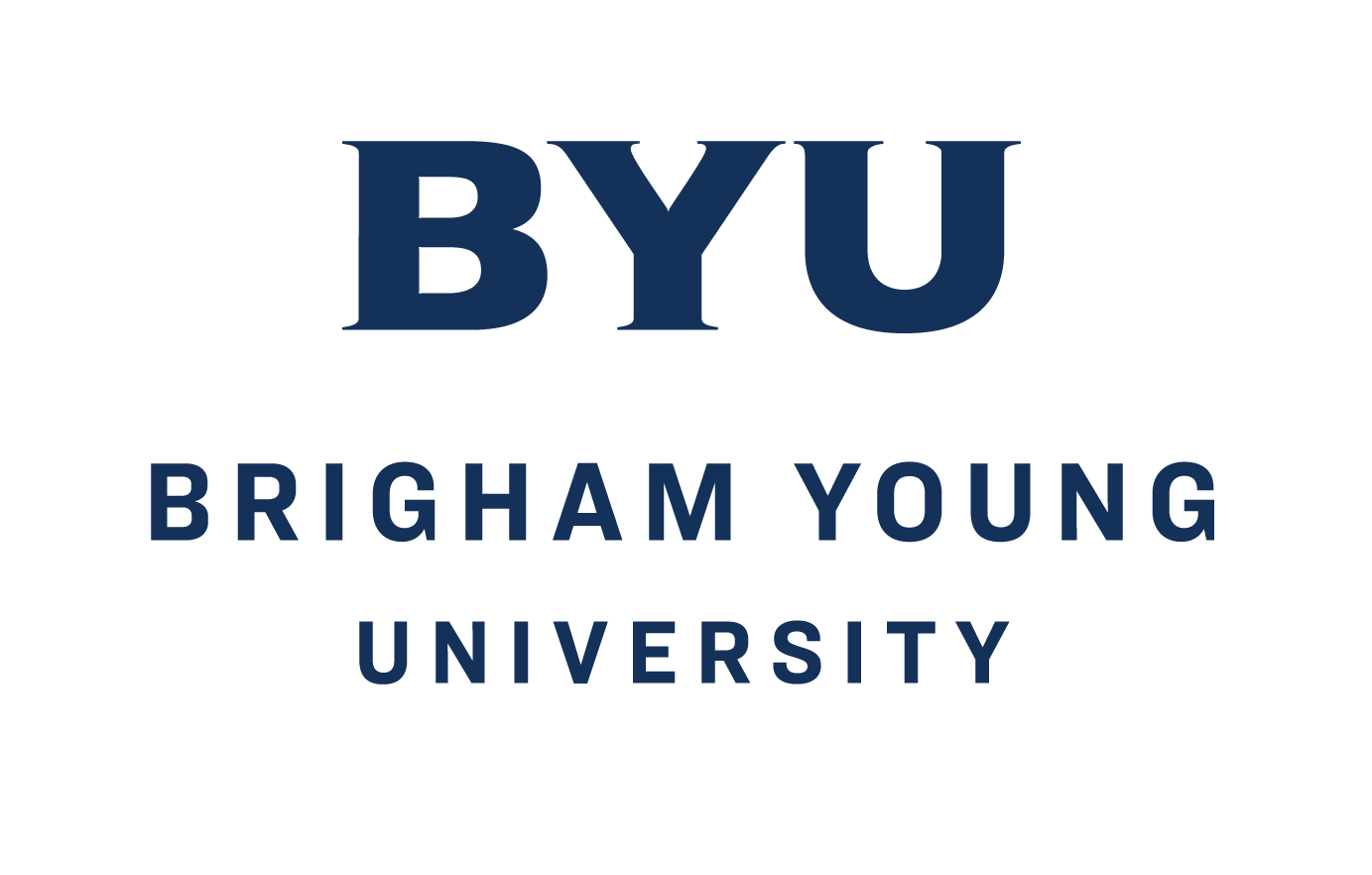Brigham Young University accounts for about 15,500 jobs and injects nearly $380 million each year into the economies of Provo and Orem, according to the university's latest commissioned economic impact study.
"We conduct these surveys every five to 10 years," said BYU President Merrill J. Bateman, "because the local community is very important to us. We want to take every opportunity to strengthen our relationships, and the information we gather from an economic impact survey helps us do that."
National Research Associates, headed by Robert J. Parsons, a BYU professor and economist, conducted the study during the spring and summer of this year. "Our surveys show a dynamic university in a very dynamic community," Parsons said. For example, while BYU's impact on jobs increased to 15,500 in 2001 from 9,660 in 1986, its employment as a percentage of Utah County jobs decreased to 5.8 percent in 2001 from 9.8 percent in 1986.
"That means the community has experienced strong employment growth during those years," said Parsons. "The university has grown, but the community has grown even more."
He said economic impact is estimated using three variables: first, direct spending by the university, its employees and its students; second, the indirect impact, which is the ripple or multiplier effect of those dollars being spent over and over again in the community; and third, the induced impact. Induced impact is a measurement of economic activity that is created by an institution through various ways other than direct or indirect spending.
During the 2001-2002 academic year, the university spent approximately $24 million in Provo and Orem, while its employees spent $87.6 million, and students spent $82.8 million, for direct expenditures of about $194 million. Using an income multiplier of 1.95, National Research Associates estimated BYU's total direct and indirect economic impact for the year at $379.2 million.
An income multiplier is a standard economic term that describes the ripple effects of spending, Parsons said. When the university spends a dollar at a local business, the vendor keeps a portion and spends the rest for materials and supplies from other local enterprises or for goods and services produced outside the community. A portion of the money that remains local is spent again locally. Economists statistically estimate multiplier effects based on input-output studies and publish them for various regions of the country.
In addition to its direct and indirect spending, the university attracted visitors to athletic events, conferences, exhibits and so on who spent more than $25 million in the Provo/Orem area, according to Parsons' study. Also, the university and its employees deposited more than $15 million in local financial institutions, which then used that money for investments and loans. Local health care providers received nearly $29 million during the year from students, faculty and staff.
The university purchased more than $7 million worth of municipal services from Provo City between September 2000 and August 2001, Parsons said.
"BYU also provides higher education for more than 3,200 students from Utah County high schools each year, saving local taxpayers from the need of spending $10 million to support those students in Utah's public institutes of higher learning," Parsons said.
Since 1986, BYU's total direct and indirect expenditure impact has increased more than threefold, President Bateman said. "In 1986, it was $110.4 million; then it grew to $289.2 million in 1996 and to $379.2 million in 2001.
"We want to be good neighbors," he said. "Higher education is a wonderful industry for Utah County, providing not just education but stable employment, steady growth and great recreational and cultural activities to its residents. And we deeply appreciate the opportunities that the county and the cities around us make available."
Writer: Brent Harker




